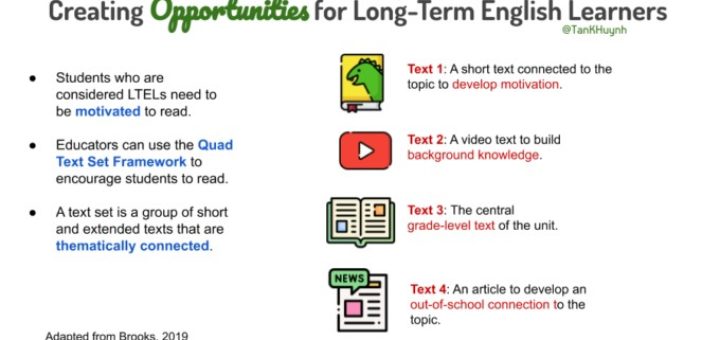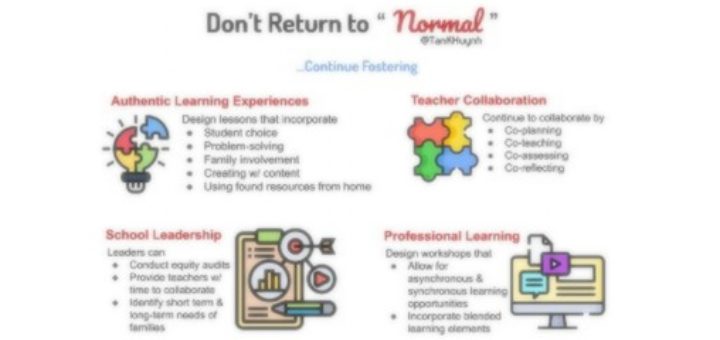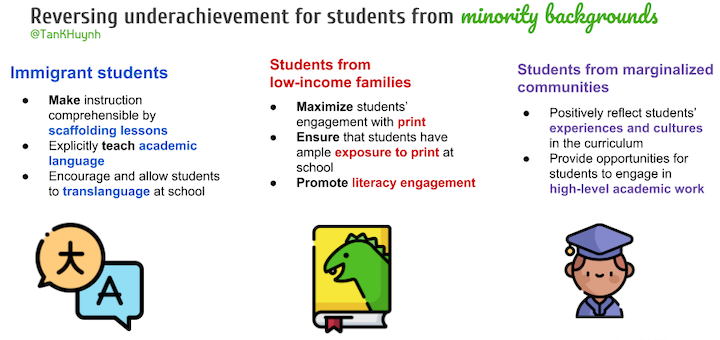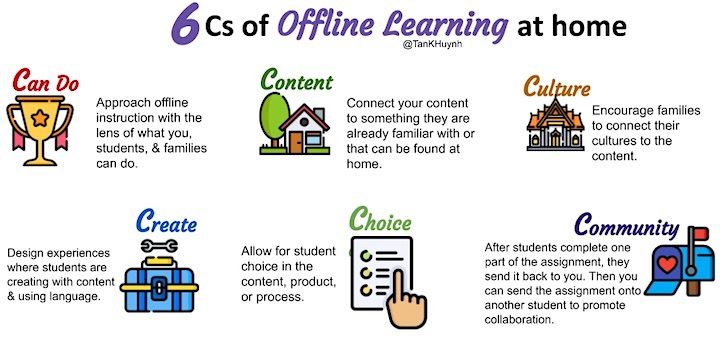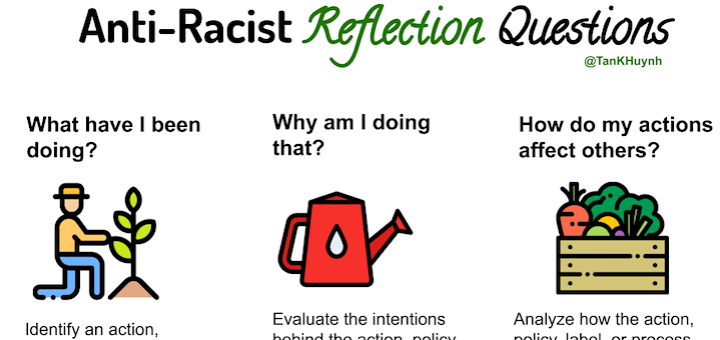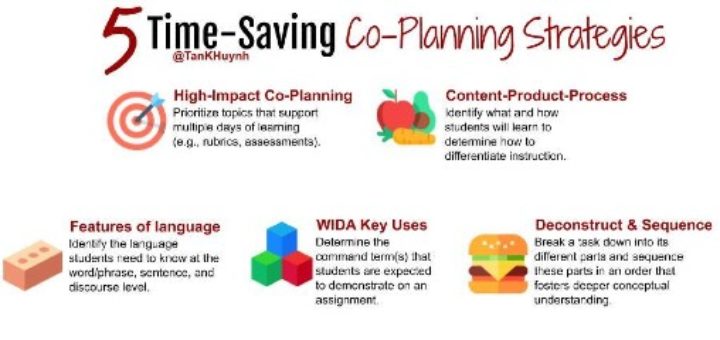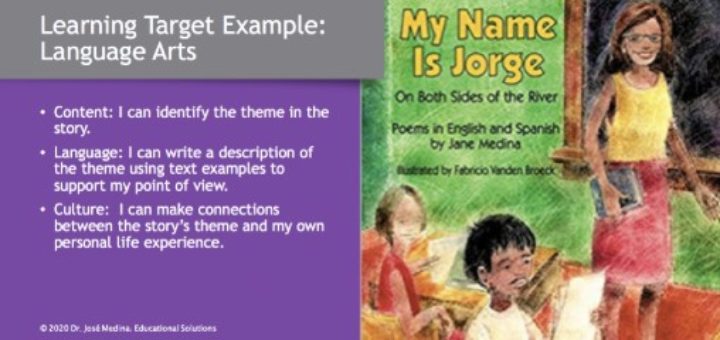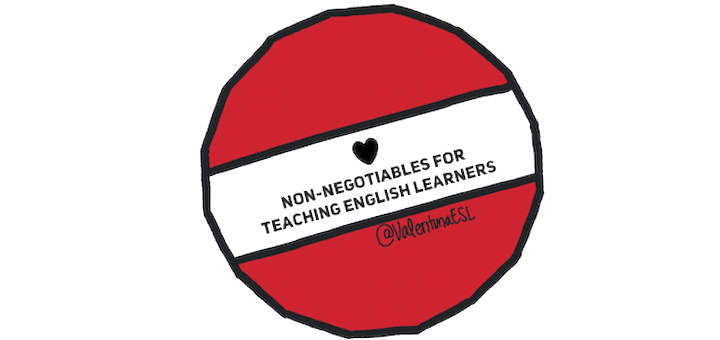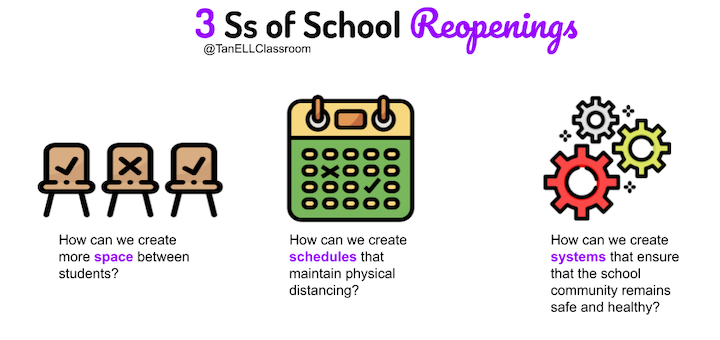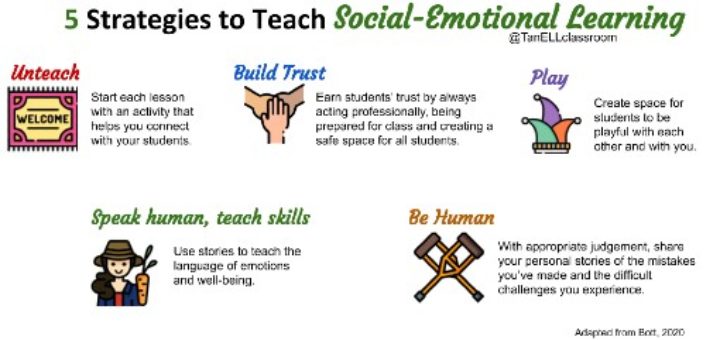Category: The Unstoppable ML Teacher
It’s past time to rethink the label “Long-term English Learner,” writes EL teacher Tan Huyhn. He shares Dr. Maneka Brooks’ ideas for involving students designated as LTELs in their own learning, including text sets that relate to their experiences beyond the classroom.
Teacher collaboration became a lifeline, not a luxury, when Covid-19 interrupted traditional school schedules and forced us to gain new skills and more effective teaching practices. Tan Huynh and Andrea Honigsfeld celebrate the positives of the new normal for ELs and all kids.
Educators of English learners and marginalized students owe much to the scholarship of James Cummins, who has helped dispel myths around home language use, developed the concept of social and academic language, and provided actionable strategies to empower learners.
School closures have made learning more challenging. For students without access to technology, this challenge might seem insurmountable. Tan Huynh looks at some ways teachers are reaching language learners who don’t have regular access to tech tools or the internet.
Using a questioning format developed by Dr. María Cioè-Peña, teachers of English learners can examine current education policies through an anti-racist lens and resist practices that may demean and segregate students and devalue their cultures, writes educator Tan Huynh.
When co-planning is an efficient use of time and in the service of our colleagues’ responsibilities, fellow teachers will see co-planning less like a job they have to do and more of a step they want to do. Tan Huynh shares detailed strategies for co-planning success.
What is a culture objective? EL expert Tan Huynh reports on his conversation with Dr. José Medina where they discuss bolstering English learners’ socio-cultural competence by connecting classroom content and lesson planning to student backgrounds and personal experiences.
What are your non-negotiables for teaching English Learners? When EL specialist Valentina Gonzalez asked her Twitter PLN, the response was overwhelming. Read what educators had to say and consider Valentina’s process for teams to confer and agree on a list of your own.
As schools investigate safe measures for reopening for summer school or fall classes, educator Tan Huynh shares the specific protocols put into place at his international K-12 school in Vietnam – with details about classroom spacing, traffic flow, and careful hygiene.
Social-emotional learning is not a program we add on; it’s a mindset we teach with. Tan Huynh unpacks five strategies recommended by the Institute for Positive Education that can help teachers cultivate an SEL mindset, whether we’re teaching in physical or virtual spaces.

